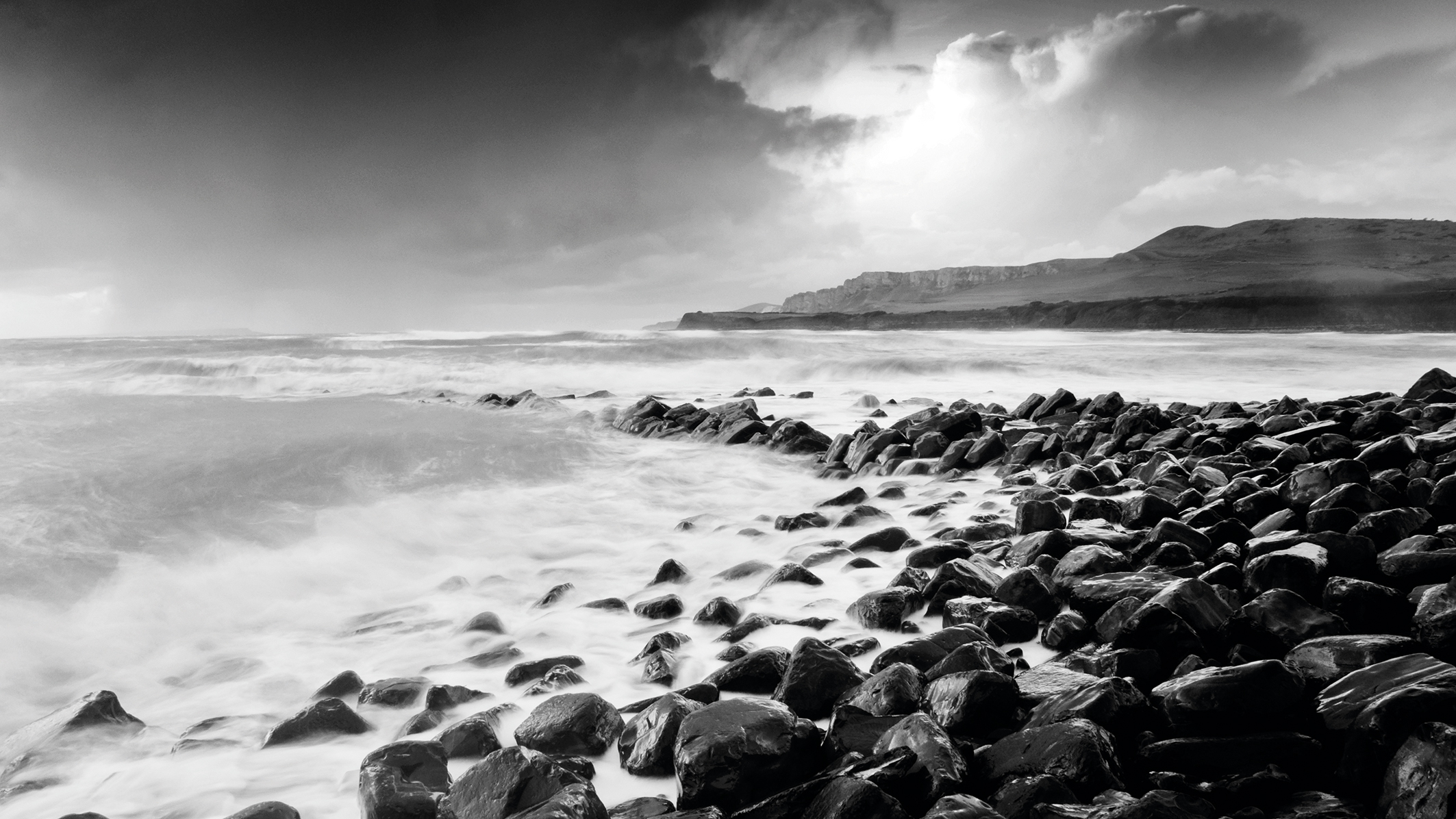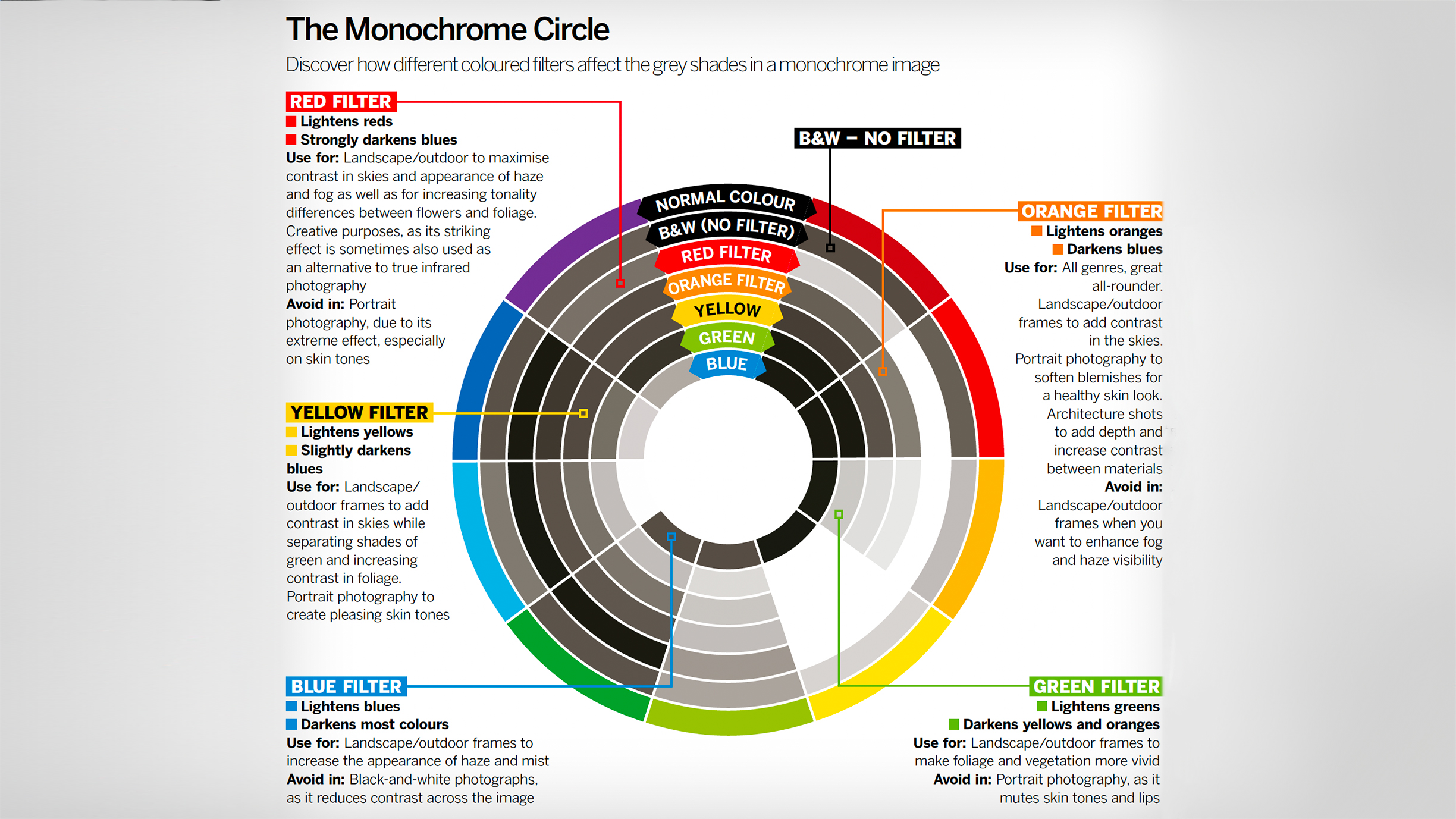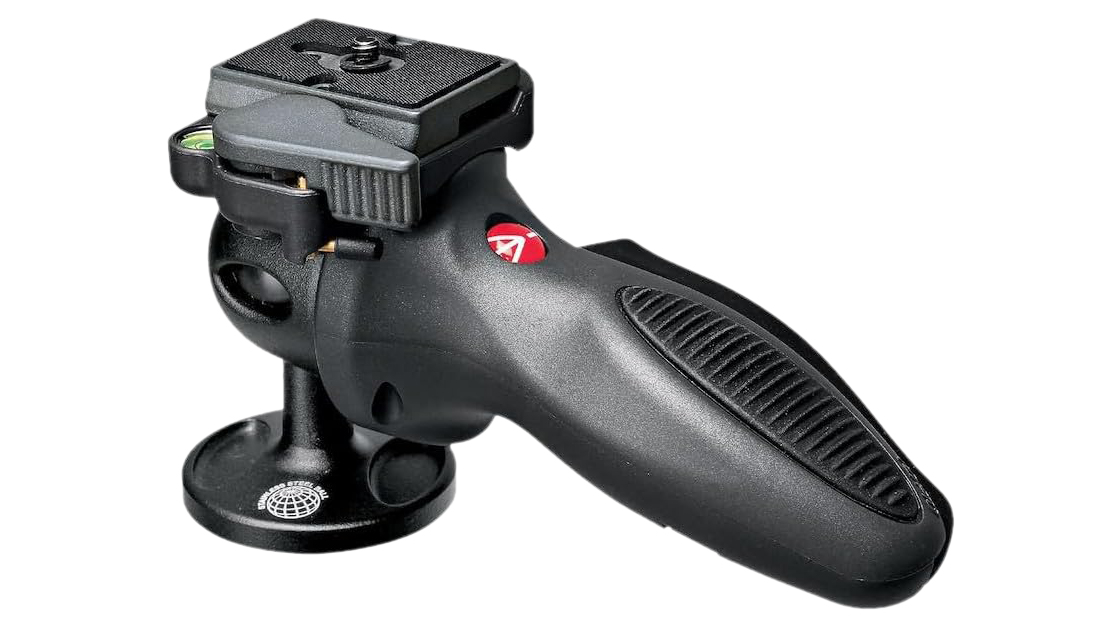
To highlight black-and-white shots and this genre's characteristics, working with a camera that can capture a high tonal range and lenses that deliver superb sharpness is the way to go.
This sounds pricey, and it can be. Let's discuss the benefits of black-and-white cameras and why I think that you don't need to invest in one to create technical and visual masterpieces.
If budget isn't an issue, specialist cameras such as the Leica M11 Monochrom are attractive options. These are specifically designed to be the best cameras for black-and-white photography and are favored by industry-leading photographers, including Alan Schaller.
Models such as the Leica Q2 Monochrom or M10 Monochrom are true powerhouses; the M10, for instance, boasts an impressive 40MP black-and-white sensor.
This brings us to the point that high-resolution sensors are shining in producing high-quality mono shots. While this is important in any photographic genre, it gains high importance in black-and-white photography.
Due to their technology, monochrome cameras don't require color filters or interpolation; they only capture pure luminosity (light levels), resulting in shots with more depth.
The increased dynamic range that these specialist cameras can capture is outstanding, but they come with a hefty price tag. And let's be realistic, not many can afford a six grand camera – but to create mesmerizing black-and-white photography, you don't need to break the bank.

Personally, I would not invest in a monochrome camera. While the most up-to-date equipment can make things easier, it is definitely not a requirement! For me, the art of creating powerful black-and-white photography consists of two aspects.
1) Understanding how monochrome photography works, and how the absence of color affects the visual outcome.
In monochromatic tonality, thinking in black-and-white is key. Contrast is not achieved through colors but through luminosity. Here's a guide to get an insight into black-and-white color theory. Also, keep in mind that mono tones highlight structures within the scene, but also give image noise a new importance.
2) Knowing your equipment, knowing how to handle it, and investing wisely in a few accessories is key.
Most digital cameras offer black-and-white shooting modes or simulations that support you in capturing atmospheric shots. As mentioned, image noise is a topic, but most DSLR and mirrorless cameras perform well here. Testing your camera's possibilities at high ISO values is a good idea to understand its 'limits'.
Saying this, image noise reminds many of the days of film and can be used to create a nostalgic atmosphere. Some people even add grain to their monochrome shots in post-processing to emphasize this effect. So, experimenting with high ISO settings can pay off if you follow a more vintage-related photo style.
Kit choices

Control luminosity with filters
Colored filters, for example, enhance luminosity for specific colors, so that you can boost the tonality of elements before diving into post-processing. Have a look at the monochrome circle above to gain more insight.

The visibility of mono details begins with the choice of lens
With the lack of color, the scene's sharpness gains more importance as structures and textures are highlighted. Prime lenses, such as the Sigma 50mm f/1.2 DG DN Art, are renowned for creating images with extra crispness. No matter if you decide to shoot with a prime or not, keep in mind that older kit lenses cannot always handle sharp details well – no matter how many pixels your camera has.
Also important are the built-in stabilization features and lenses with wide aperture possibilities (low f-stop numbers). The former supports stability and levels out any camera movement to avoid creating blurry subjects, while the latter ensures that more light reaches the camera's sensor, allowing for short exposure times while ensuring a well-exposed frame.
Also, when you work with wide apertures, there's usually no need to push ISO settings to the extreme and risk image noise (unless you want to add this aesthetic).

Slow down to compose with strategy
Tripods are helpful tools because they naturally slow down your composition process. This gains importance when working with monochrome tones, as the reduction of colors means that minor discrepancies can negatively influence the scene.
Using a tripod will support you in readjusting the frame and exposure while enabling you to connect with the subject on a deeper level.
When choosing a tripod, prioritize your photographic needs. Consider your preferred camera and lens set-up; compact cameras and wide-angle lenses do not require top-notch sturdy tripods but, due to their weight, telephoto lenses do.
Don’t forget the importance of a tripod head – it might be worth purchasing a flexible option, such as the Manfrotto 324RC2 Ball Head, to allow for extreme perspectives and angles without any hassle.
You might also like...
If you are into black-and-white photography, check out Mario Tarantino's award-winning work. He calls himself a "monoch-romantic" and shared his passion for minimalistic monochrome, you can find the article here.







